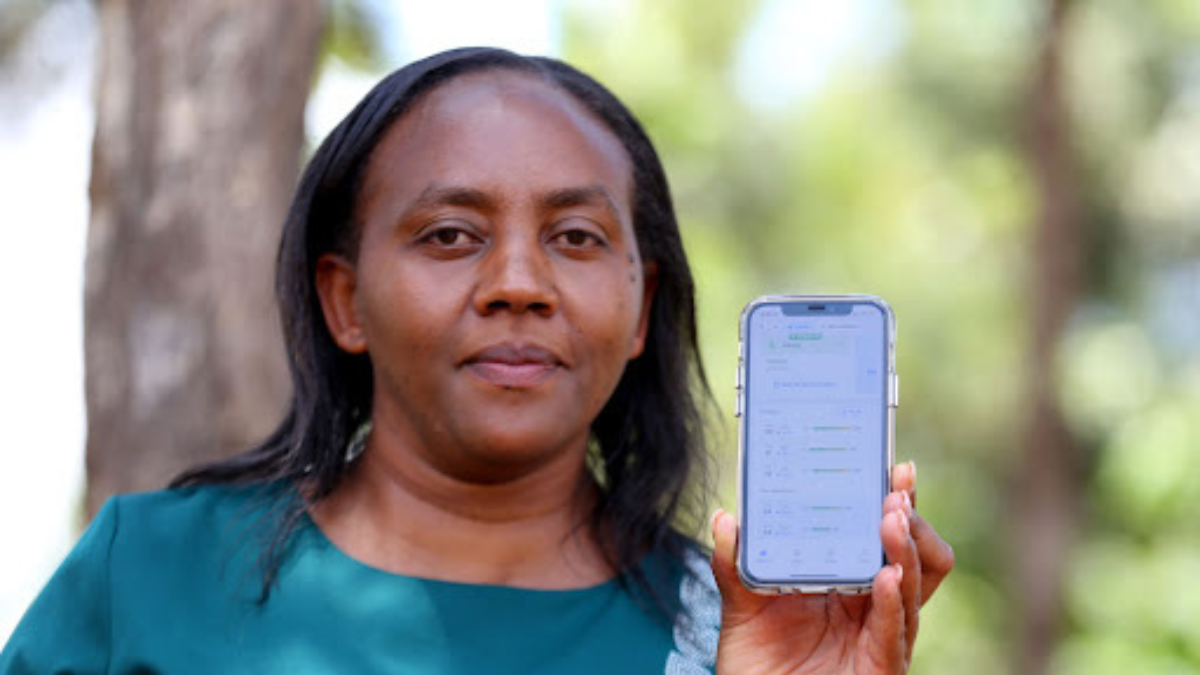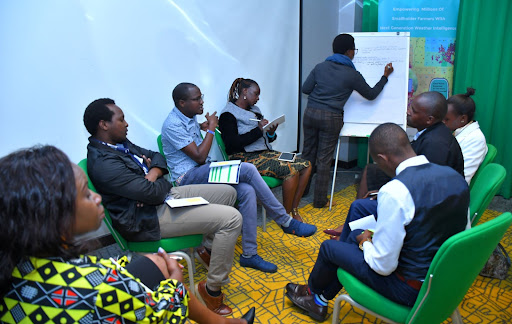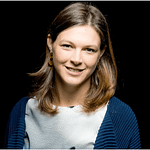
Gender Considerations for the Need & Utilization of Weather Intelligence
TomorrowNow’s Project Osiris highlights a number of gender considerations for the need and utilization of weather intelligence in Kenya and Rwanda.
East Africa – As part of Project Osiris, TomorrowNow conducted a number of gender case studies and stakeholder workshops with the aim of gaining a better understanding about the role of gender in seed trial operations as well as their weather needs.
In December 2022, we engaged farmers affiliated with KALRO Katumani seed trial management value chain and One Acre Fund’s Rwanda research station to assess the role and impact of women, capturing the voice of female farmers, and better understanding their need for weather intelligence.
Both gender case studies were followed up with a Co-design Workshop for a Next-Generation Weather Intelligence Tool for Trial Managers, which provided important insights about hope both farmers and seed trial managers can consume weather intelligence.

Gender and Responsiveness to Weather Intelligence
Female farmers are considered to be relatively more flexible and responsive to weather information than male farmers. Experts attribute this observation to household management where women are often more involved in day-to-day farming activities, such as planting, weeding, and harvesting, and therefore have a greater need for accurate weather information.
Additionally, women may be more attuned to the environment and have a deeper understanding of the local weather patterns.
However, despite their knowledge and skills, female farmers in many parts of sub-Saharan Africa still face challenges in using weather information. One of the main challenges is that they are often not the final decision-makers regarding farming practices.
In many cases, men still dominate land ownership and therefore have the final say on how the land is used and what crops are grown. This means that even if women can access weather information, they may not have the power to act on it.
Another challenge is that women often have limited access to technology and other resources that can help them use weather information. For example, they may not have access to mobile phones or internet connection, which are important tools for receiving and sharing weather information.
In addition, women may have limited access to credit and other financial resources, which can make it difficult for them to invest in new technologies or farming practices.
Gender and Preferences to Short-Term and Seasonal Forecasts
According to findings from our gender case studies, male farmers prefer seasonal weather forecasts. The majority of male farmers tend to focus more on cash crops and the need for seasonal weather forecasts (long-term weather forecasts) when compared to female farmers who prefer short-term weather forecasts.
This difference is linked to gender differences concerning on-farm decision making – women farmers need to make quick decisions based on weather changes and may not have the resources to wait for long-term forecasts.
Male farmers, on the other hand, tend to focus more on cash crops, such as coffee, tea, cotton, and tobacco, than on food crops and as a result, they may need long-term weather forecasts to plan their planting and harvesting schedules well in advance to maximize their profits.
An example of how long term forecasts can be used to drive on-farm decision making is when a coffee farmer may delay planting until the rains arrive to avoid the risk of crop failure if the forecasts predict that there’s going to be a dry spell.
Nonetheless, the preference for short-term weather forecasts may vary depending on the specific needs of the female farmer and the region they are farming in. For example, farmers (female or male) in areas with frequent and sudden weather changes may require more frequent and specific weather updates to make informed decisions.
Gendered Design and Delivery of Weather Intelligence to Farmers
There’s a need to understand the gender roles and responsibilities of different farmers to help develop appropriate strategies for disseminating weather information tailored to their needs and schedules.
For example, Women in traditional households may be busy preparing meals during certain times of the day, making it difficult for them to read weather information sent to them during those times.
Similarly, male farmers may have different schedules and responsibilities than female farmers and may be more or less likely to access weather information at certain times. It is therefore important to conduct research and gather data on the daily schedules and responsibilities of male and female farmers and to use this information to develop appropriate strategies for disseminating weather information that considers gender roles and responsibilities.
The design and delivery of weather intelligence may not consider women’s specific needs and preferences. For instance, the information may be presented in ways that are not accessible to women with lower literacy levels, who speak different languages, or who use language that is overly technical or stereotypically masculine, as this may alienate women and other groups who do not identify with these norms.
Some Key Recommendations
Participants in TomorrowNow’s case studies and stakeholder workshops asserted that weather visualization tools and information should be designed to understand the cultural context, before developing any communication strategy. This can include understanding gender roles, cultural norms, beliefs, and how information is traditionally shared and received within the community.
Some key recommendations are outlined below:
- Weather visualization tools and information should be designed to gather data on the daily schedules and responsibilities of male and female farmers and to use this information to develop appropriate strategies for disseminating weather information that considers gender roles and responsibilities.
- Weather visualization tools and information should be designed to use gender-sensitive language: Language can also play a role in how information is received. Using gender-sensitive language can help ensure that both men and women feel included and valued in the communication process.
- Weather visualization tools and information must be designed and delivered in ways that are inclusive and accessible to female farmers. This includes involving women in the design and delivery of weather information services, providing information in languages and formats that are accessible to female farmers, and addressing gender-specific concerns related to climate change.
- Weather visualization tools and information need to be designed to include women’s groups and networks in communication channels and the development of ICTs that respond to women’s preferences.
Read more about Project Osiris HERE.
